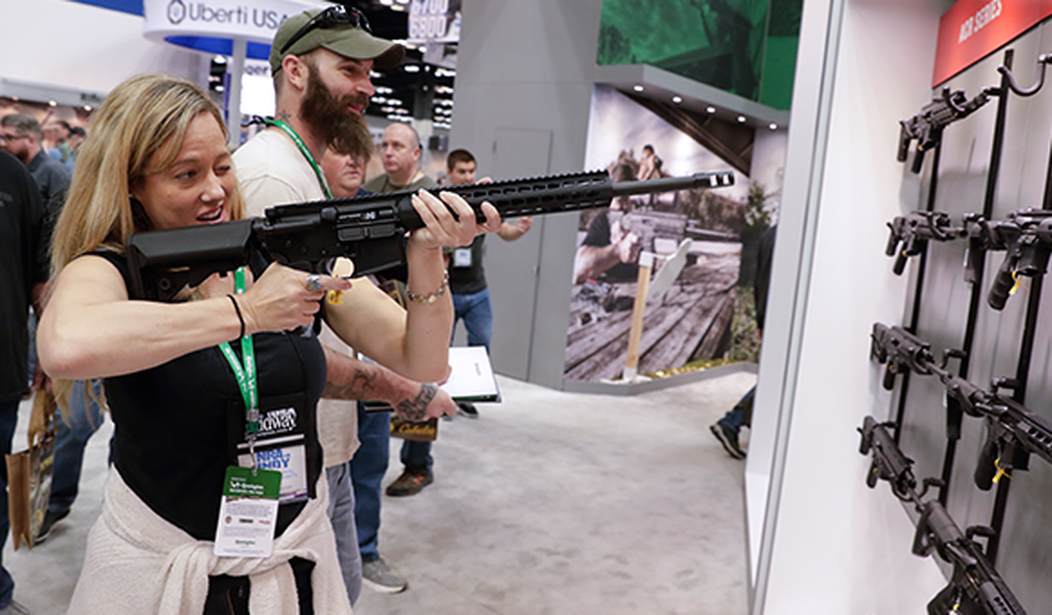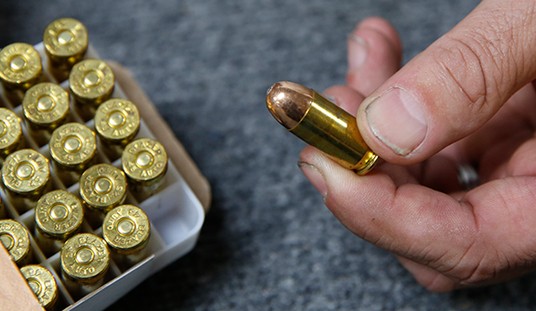Today’s the 25th anniversary of the signing of the Clinton Gun Ban, which banned certain models of semi-automatic firearms by name, and banned all semi-automatic rifles and shotguns equipped with particular features. That means the media has another opportunity to spout nonsense about “assault weapons”, and ABC News has gone all out in an attempt to explain the ban and why it’s no longer on the books (spoiler alert: the law came with an 10-year expiration date and there wasn’t enough political support to renew the ban in 2004).
Most reviews of the 1994 version of the assault weapons ban point to loopholes in the text of the bill that, some argue, made it less effective than some would have wanted.
…
The biggest of the various loopholes in the bill was that it only applied to the specified types of weapons and large-capacity magazines that were created after the bill became law, meaning that there was nothing illegal about owning or selling such a weapon or magazine that had been created before the law was signed.
That’s not a “loophole”, it’s called “grandfathering”, but it’s telling that ABC News wants its audience to consider the fact that people weren’t criminalized for continuing to own their firearm a “loophole” that should have been closed. This is activism with a press badge, not serious journalism.
ABC then continues to show just how much its reporters know about guns by committing an all too common media mistake.
One of the most-cited studies on the effectiveness of the ban was done in 2004. That federally funded report by the National Institute of Justice at the Department of Justice found that the number of gun crimes involving automatic weapons dropped by 17% in the six cities involved in the study during the ban.
Automatic weapons, huh? It’s pretty clear ABC reporter Meghan Keneally just read the first couple of pages of the study she cites, and even then, she managed to get her figures wrong. The NIJ didn’t find that “gun crimes involving automatic weapons dropped by 17%” in the six cities that were studied. Here’s what the report actually says on page 2.
Following implementation of the ban, the share of gun crimes involving AWs declined by 17% to 72% across the localities examined for this study (Baltimore, Miami, Milwaukee, Boston, St. Louis, and Anchorage), based on data covering all or portions of the 1995-2003 post-ban period. This is consistent with patterns found in national data on guns recovered by police and reported to ATF.
The truth is one city saw a 17% decline in the share of gun crimes involving “assault weapons” (not automatic weapons as Keneally writes) and one city saw a 72% reduction in the share of gun crimes involving “assault weapons”. That seems like a pretty broad spread, doesn’t it? That’s because these guns aren’t used in a large number of crimes to begin with. If an “assault weapon” was used in 4 crimes in Boston in 1993, for instance, and 2 crimes in 1995, that’s a 50% reduction in the number of crimes in which an “assault weapon” was used. It’s also statistically worthless, because as the NIJ notes, the guns that fell under the Clinton Gun Ban were rarely used in crimes to begin with.
The reason the gun ban expired in 2004 was that there simply weren’t enough votes to renew it. Politicians remembered the legislative defeats Democrats suffered in 1994 after Clinton signed the bill, and there weren’t too many who were eager to see if voters minds had changed.
This is just bad reporting on the part of ABC News, and while it’s not surprising to see, it’s still disappointing, and frankly inexcusable.









Join the conversation as a VIP Member